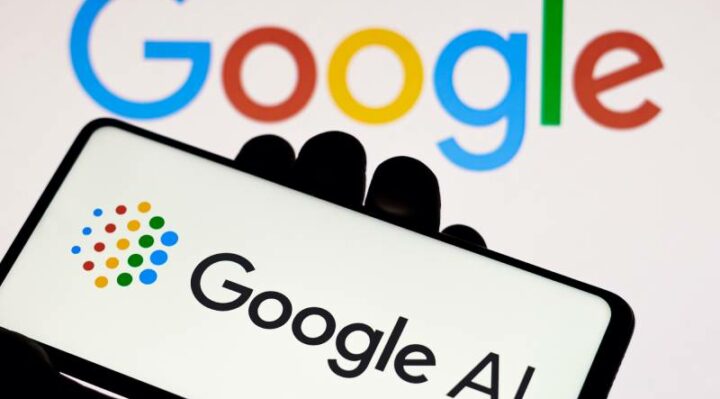The Google Assistant will be redesigned with generative AI


Google intends to drastically update its helper digital helper, according to an internal email obtained by Axios, using new AI technology, much like ChatGPT and the company’s Bard chatbot.
The modification heralds a significant change in Google’s strategy with regard to how Assistant will function for users, developers, and staff.
Google intends to support both the old Assistant and the new AI-powered Assistant.
Google starts reorganizing the company
The new mobile version of Assistant is now in the early stages of development, according to an email issued on Monday by Google VP Peeyush Ranjan and Director of Product Duke Dukellis.
The email claims that Google is reorganizing the Assistant teams as part of the transition and that “a small number of layoffs” are being made to reflect the changes.
Thousands of people who work for Assistant will lose their employment as a result of the layoffs, according to Axios.
Remains Committed To Original Assistant
Ranjan and Dukellis said, “We remain steadfastly devoted to Assistant, and we are excited about its promising future.
The Google executives end their email by mentioning that tomorrow’s town hall will likely yield more information.
The email concludes, “Duke and I will host a town hall tomorrow to go through the organizational changes in more detail and take your questions.”
Early Ideas For A Google Assistant Powered By AI
A significant improvement has been made to Google Assistant with the addition of generative AI. This implies that Assistant can converse more naturally, respond in more precise and nuanced ways, and carry out tasks more intelligently.
The conversational AI system developed by the company, called LaMDA (Language Model for Dialogue Applications), may be used by the upcoming Google Assistant. Chatbots like Bard use LaMDA to produce conversations that are human-like.
By incorporating LaMDA’s capabilities, Assistant will be better able to comprehend the context during exchanges. It can maintain a cogent, meaningful dialogue and make logical connections between different conversational topics.
For those used to the previous Assistant’s constrained functionality, interacting with the new version will probably be a huge step forward.
Developers might include the AI-powered Assistant into their products if Google makes APIs and other resources available to outside apps and services.
There are many chances to develop speech apps and experiences that are enabled by Google’s AI developments.
Adding cutting-edge AI to Assistant, one of Google’s premier consumer products, is a sign of things to come across the company’s portfolio.

